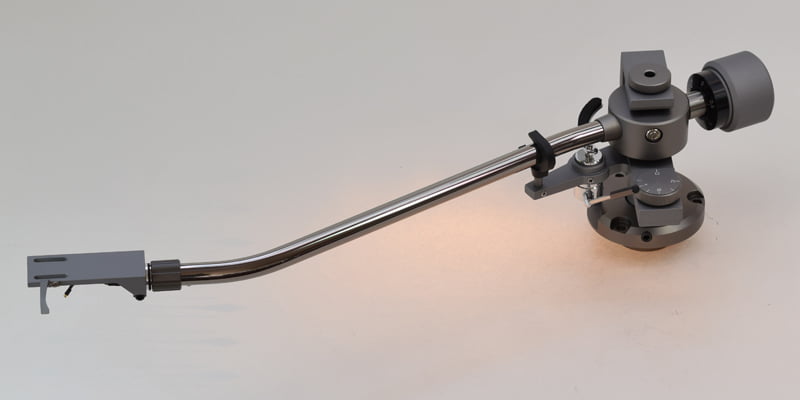I did a search but could not find much discussion on this topic on ASR. I recently acquired a KAB tonearm damper for my PLX-1000 turntable. After installing the damper and fluid, I could hear some differences but I do wonder how much of what I'm hearing is due to a change of effective tonearm mass versus fluid damping.
Adding the damping paddle has definitely changed the effective mass -- I did have to reset VTF after putting the paddle on. Unfortunately I did not have the presence of mind to run the turntable with the oil well dry as a comparison before filling it. It's conceivable that even with the higher effective mass, the damping fluid still mitigates the low resonant frequency issues.
What are the real physics behind tonearm fluid dampening? If it really is such a big benefit, why would it not be a more mainstream option? The Well Tempered tonearm was famous for this, but it did not have a whole lot of close imitators.
Adding the damping paddle has definitely changed the effective mass -- I did have to reset VTF after putting the paddle on. Unfortunately I did not have the presence of mind to run the turntable with the oil well dry as a comparison before filling it. It's conceivable that even with the higher effective mass, the damping fluid still mitigates the low resonant frequency issues.
What are the real physics behind tonearm fluid dampening? If it really is such a big benefit, why would it not be a more mainstream option? The Well Tempered tonearm was famous for this, but it did not have a whole lot of close imitators.


